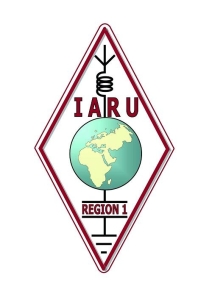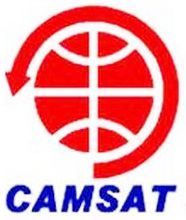Bulgarian CubeSat EnduroSat on ISS awaiting deployment
Bulgaria’s first CubeSat, EnduroSat One, was launched to the International Space Station on the cargo resupply OA-9 mission on May 21, 2018 from the Mid-Atlantic Regional Spaceport in Virginia, USA. On May 24 the Cygnus capsule docked to the Station and the satellite was taken onboard the ISS.
The satellite will be deployed from the ISS in the coming weeks.
The mission aims to popularize the Radio Amateur activities in Bulgaria and it will include cooperation with Bulgarian Federation of Radio Amateurs (BFRA), including workshops and additional educational activities.
The spacecraft has been completely build in Bulgaria. This first educational mission aims to inspire young Bulgarians and give them the chance to participate in a real space program!
The Space Challenges and EnduroSat teams have invested considerable resources, time and effort in preparing the Bulgarian CubeSat. In order to support the Radio Amateur community, the satellite emits in frequencies which are readily available for receiving by anyone with basic communication skills and radio equipment.
It is hoped the mission will help more young Bulgarians learn the basics of satellite communications through practical exercises empowered by the orbiting satellite.
Radio amateurs from around the Globe will be able to listen to the satellite beacon and to receive telemetry data from the satellite on a regular basis. They will be able to connect to the satellite, receive detailed telemetry information and receive a confirmation from the satellite for every established connection which will serve as QSL card.
Beacon: 437.050 MHz CW and 9600 bps GMSK AX.25
See the EnduroSat site for further information http://one.endurosat.com/
Bulgarian Federation of Radio Amateurs (BFRA) http://bfra.bg/
Google English site translation http://tinyurl.com/BulgariaBFRA
Get The Details…
m5aka
AMSAT-UK
Powered by WPeMatico



 100vw, 300px»></a></p>
<p class=) EnduroSat One
EnduroSat One

 100vw, 640px»></a></p>
<p class=)
 100vw, 225px»></a></p>
<p class=) Chen Yue with 435/2250 MHz feed for the 12m dish at the DSLWP ground station – Image credit Wei Mingchuan BG2BHC
Chen Yue with 435/2250 MHz feed for the 12m dish at the DSLWP ground station – Image credit Wei Mingchuan BG2BHC
 100vw, 640px»></a></p>
<p class=) DSLWP Lunar Satellite
DSLWP Lunar Satellite

 100vw, 640px»>The <a href=) AMSAT News Service
AMSAT News Service